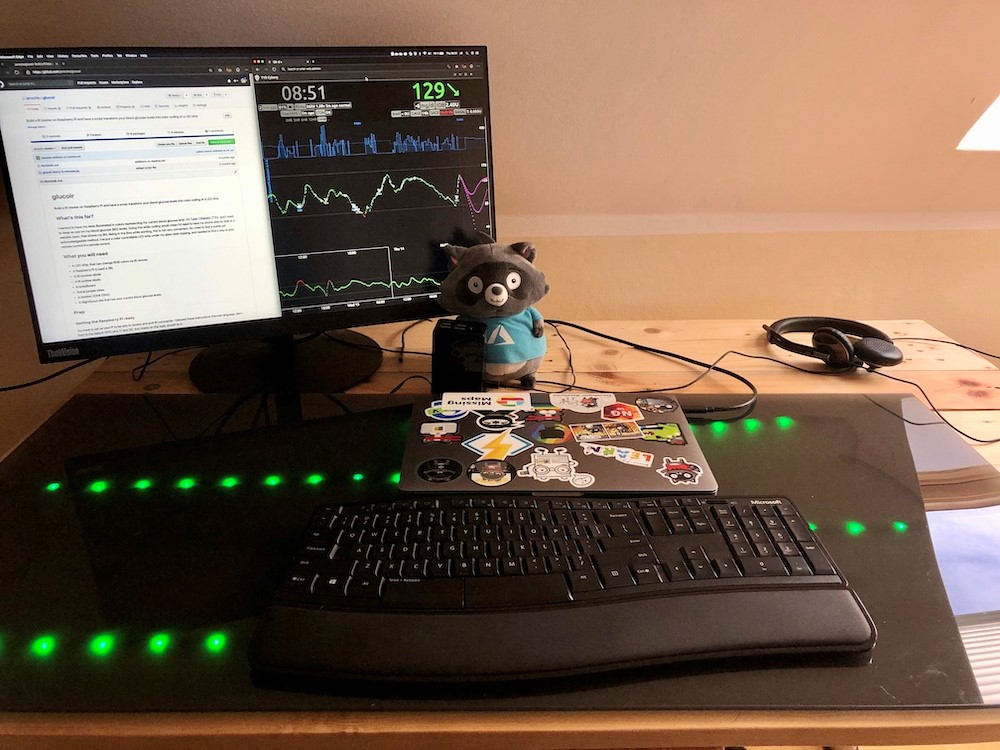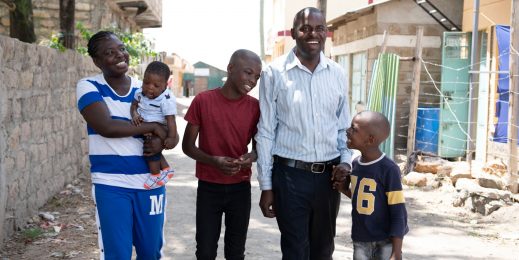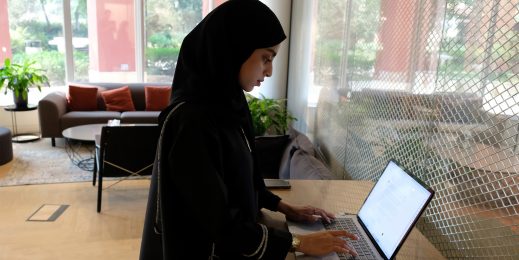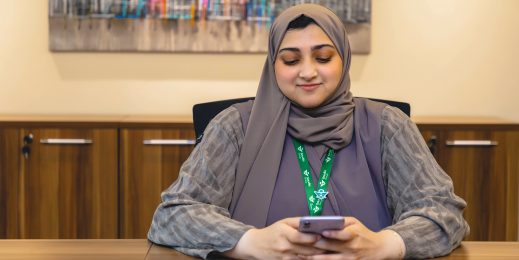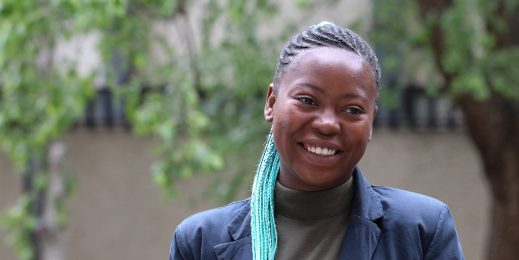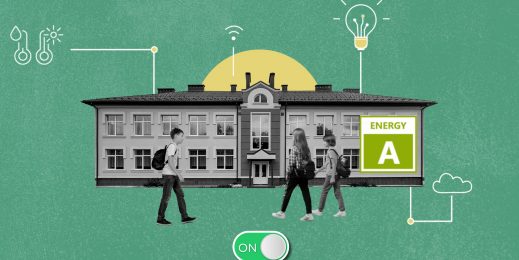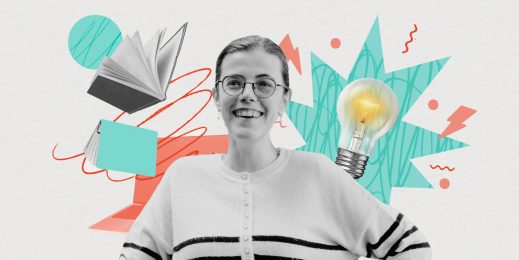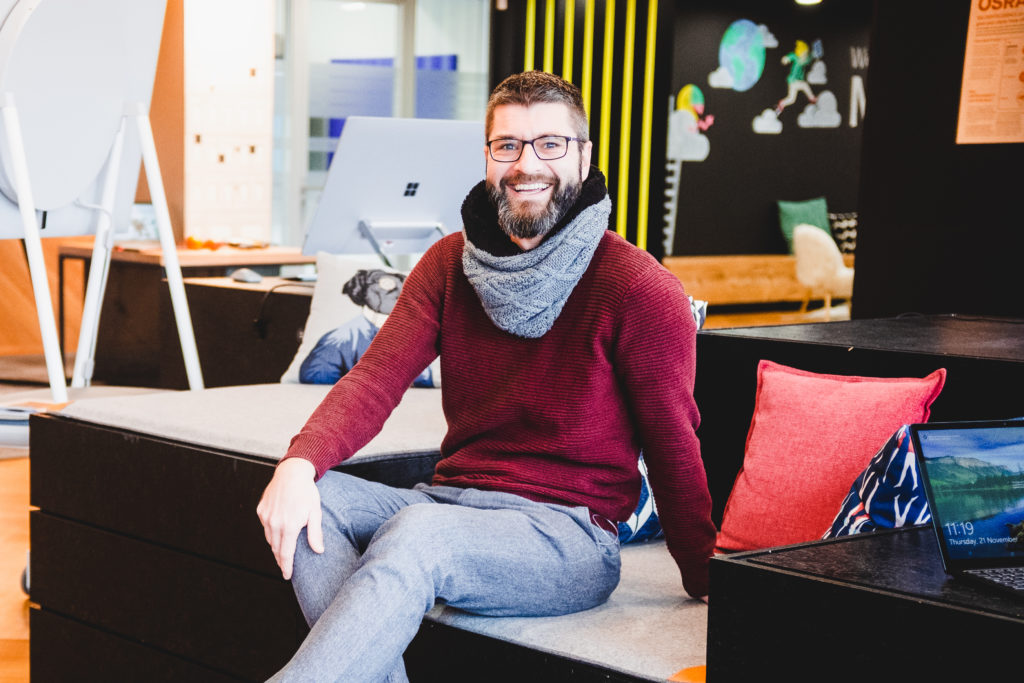
A personal view: How technology makes life easier for people with disabilities
Jan Schenk of Microsoft Germany shares insights into his life at Microsoft and importantly as a member of the company’s Employee Resource Group disAbility.
Jan Schenk has worked in various positions at Microsoft since 2008. In his current role as Developer Relations Program Manager, he brings together a global team of Cloud Advocates with developer communities across Germany. Jan is also active in Microsoft’s Employee Resource Group disAbility, which takes care of the needs of employees with disabilities – not only because he himself has a severe disability, but also because diversity and inclusion are close to his heart.
Although I am aware of my disability every day, I can understand that people react with disbelief when I tell them that I have a disability and formally I even belong to the group of people with severe disability: This is because
you can’t really see my disability – which is, by the way, the case for about 80% of Germany’s 7.7 million people with a severe disability.
I have type 1 diabetes-like about 22 million people worldwide. Fourteen years ago my immune system mistakenly used its powers against the insulin-producing cells of my pancreas, probably due to a simple disease like influenza. Since then, my body has been unable to produce insulin on its own and will never be able to do so again. However, the body needs insulin to move sugar, the energy supplier, from the blood into the cells. That is why I have to imitate this part of my metabolic system myself every day and administer insulin in the correct dosage. This dosage depends on many factors: composition and quantity of all meals and snacks, time of day, biorhythm, exercise, health condition, stress, interaction with other medications, sleep and insulin that is still effective in the body earlier in the day. It isn’t always easy to determine the exact dose of insulin – but mistakes can be life-threatening for me. Fortunately, there is something that makes my life easier: technology.
Like many of my colleagues at Microsoft, I am a technology enthusiast, not to say a technology nut. That was also the case even before my diagnosis; I think new technologies are incredibly exciting and I enjoy learning new things. That’s why, in 2018, I had my doctor change the way he treats me: away from the widespread insulin pens and blood glucose test strips and towards a more modern sensor-assisted pump therapy to improve my quality of life. The blood glucose sensor and the insulin pump, help me to better reproduce the functions my body cannot perform itself due to my diabetes. In particular, the constant monitoring of my blood glucose level and the more accurate dosage of insulin. Even with this form of therapy, long-term damage such as eye disease or nerve damage is likely.
An improved quality of life thanks to technical aids
Although this pump therapy is already regarded as an advanced form of therapy and long-term damage threatened by type 1 diabetes is reduced, it has one weakness: the individual devices work independently of each other. To date, there is no approved medical device that takes at least one of the many factors influencing blood sugar into account and, depending on this, regulates the administration of insulin. Imagine if you did not have a thermostat at home to regulate the room temperature, but instead had to measure the temperature with a thermometer and then operate the heating controller by hand to increase or decrease the temperature. This is mainly due to the fact that research on type 1 diabetes has largely been discontinued, since existing therapies are considered sufficient, and the treatment of type 2 diabetes, which is 20 times more common, is considered more profitable by pharmaceutical companies.
As a techie, I didn’t want to settle for a missing thermostat in my house. That’s why I took my therapy change in hand with a certain goal in mind: I became aware of a do-it-yourself community that is also not satisfied with the status quo of diabetes therapy. They are called The Loopers. Their motto is #WeAreNotWaiting – and I wanted to close the gap and also become a looper.
Loopers are people with type 1 diabetes who, with the help of self-written programs and self-built hardware, ensure that the thermostat works automatically – and at the same time also registers that a window is open or that there will soon be a change in the outside temperature. In total, an estimated 10,000 people loop worldwide – and help others to build their own system that currently outshines any commercial solution in terms of security and results.
With the help of this community, I have built my own system where the pump and the sensor can interact with each other using smartphones or micro PCs. For example, an Intel Edison uses the values of my sensor and my pump to predict a new course of blood sugar every 5 minutes for the next 2 hours and, depending on this, makes corrections with the help of insulin inputs or interruptions. The technology saves me the constant monitoring of my blood sugar level and I can be sure that my blood sugar is not responsible for a loss of consciousness – during sleep, driving or sports, which could have fatal consequences. Since I started looping, the fluctuations in my blood sugar level have almost levelled off at the level of people without diabetes.
The backend, which documents the sensor data and all meals and insulin inputs, runs on our cloud platform, Microsoft Azure. I control my progress and can visualize fluctuations in real-time just like the forecasts. This backend is also the basis for a system I built myself, which always shows me the status by lights in my home office and warns me of hypoglycemia.
Because building one’s own system is a challenge where no medical professionals can help due to a lack of clarity regarding liability, I am very grateful that there is the DIY Loop community that passes on its knowledge to other people with diabetes. For me, the use of technology means a lower health risk because the system protects me from difficult situations in the short and long term. The community lives from the fact that people pass on what they themselves have received. It is exactly in this sense that I participate in the underlying Open Source projects cgm-remote-monitor and OpenAPS. In addition, I blog in German on the subject and am also a type 1 diabetes activist on Twitter.
A corporate culture in which everyone can be the way they are
My enthusiasm for technology and communities accompanies me not only in my private life. I’ve been working for Microsoft in various roles for over 11 years. I started in 2008 as a Developer Evangelist for interoperability in the cloud and after various positions within the company, I have been a Developer Relations Program Manager for Germany for one year now. So, every day I work to build relationships with developers and keep them informed about Microsoft Azure. I also make sure that our Cloud Advocates in Germany speak at conferences and meet with developer communities.
What’s special about my job is that my team is scattered all over the world and as diverse as I’ve never experienced before. We are a “remote-first” team, which means that meetings, if necessary, and projects are planned from the start as if there were only virtual participants who need to work together optimally across multiple time zones. I also work mainly from my home office. On an average of two days a week, however, I’m looking forward to meeting my German colleagues in the Microsoft Office in Schwabing. This flexibility is particularly practical for me as a father and as a person with diabetes because I can not only take better care of my health but can also spend time with my two children every day.
In addition to exciting tasks in an innovative environment and the flexibility with which I can shape my day-to-day work, I particularly appreciate the change in corporate culture at Microsoft over the past few years specifically the focus on diversity and inclusion, which is already lived in many areas in daily reality – and at Microsoft I was able to experience the influence it had on myself to see that everyone can be whoever they are without hiding. My colleague Scott Hanselman, who is also very open about his diabetes, served me as a role model in my open approach to my health situation.
This environment has given me the self-confidence to deal with my disability
as a matter of course. Because I want to contribute to making our culture even more diverse and inclusive in the future, I am also involved in our Employee Resource Group (ERG) disAbility. In this network, I work with currently around 35 other active colleagues on relevant topics in Microsoft Germany and work to make Microsoft even more inclusive and accessible – no matter whether it’s about our products, internal or external meetings, buildings, events or individual concerns of partners, customers or colleagues.
It is important to us that we take care of the most diverse needs. Even if many people associate wheelchairs with the term “disability”, the majority of all disabilities – just like my disability – are invisible. Diabetes, epilepsy, learning disabilities but also hearing and visual impairments are often not visible to people. With our disAbility ERG, we want to ensure that these people and their needs are not forgotten – and at the same time make life and work easier for everyone.





